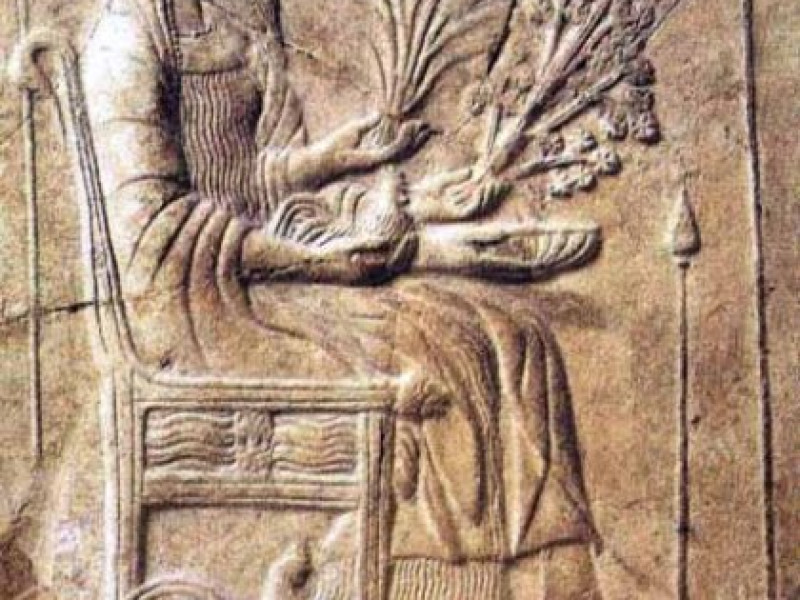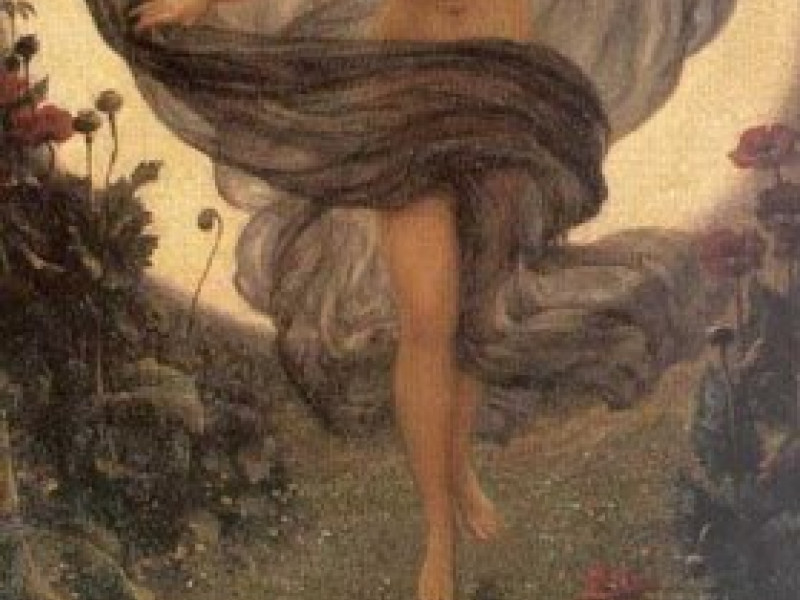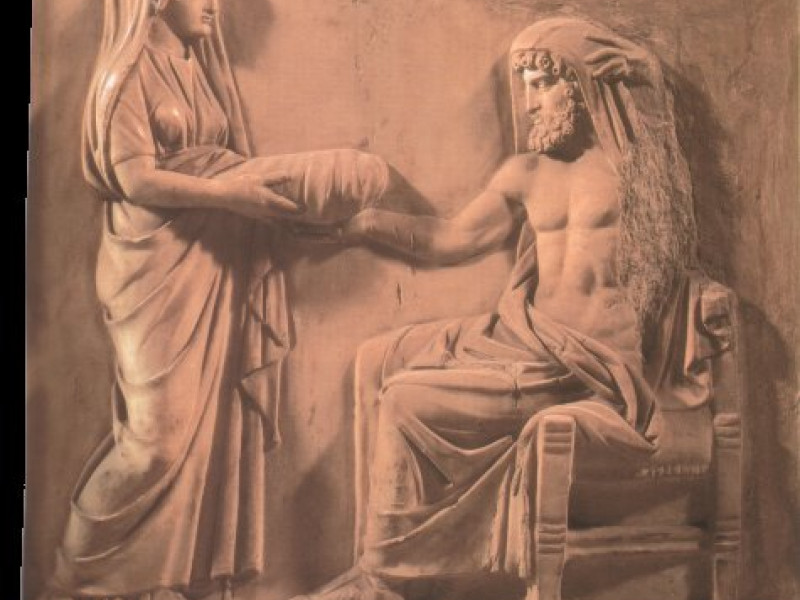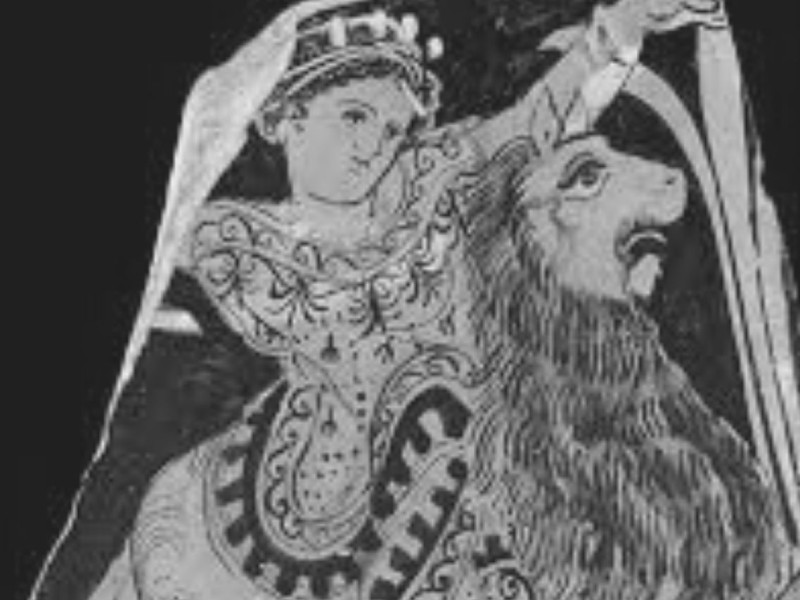Hecate
Hecate was the daughter of Perses or Persaeüs (Persaeus) and Asteria, both of whom were offspring of the Titans. She had also been called a daughter of Demeter. The Romans identified her with Trivia, goddess of the crossroads or of the "Three Ways". However, Trivia may well be a title.
Hesiod had repeatedly said in his Theogony that Zeus had given Hecate honour above all. Hecate can bestow wealth on anyone who prayed and sacrificed to her. Hecate has shares of all the wealth in heaven (Olympus), earth and in the Underworld. This is because she had a role to play as moon-goddess, earth (fertility) goddess and goddess of the Underworld.
She was sometimes confused with Rhea, Demeter and Persephone as an earth-goddess and goddess of fertility.
Again she was confused with Persephone as goddess of the Underworld. She was goddess of night and known as the invisible goddess, where she was accompanied by hell-hounds. Speaking of Persephone, Hecate tried to comfort Demeter when Hades abducted her daughter. Hecate told Demeter that she had heard Persephone's cry, but could not identify the abductor. It was she who suggested that Demeter speak with Helius, the sun god who sees everything that happened below him.
Later, when Persephone was to stay with her husband for part of the year in the Underworld, Hecate would be Persephone's companion so that Persephone would not be lonely.
Like Artemis and Selene, she was a goddess of the moon, but she was associated with the dark side of the moon.
Hecate was also identified with Iphigeneia, daughter of Agamemnon and Clytemnestra. According to the Catalogues of Women, Hesiod said that when the Greeks sacrificed Iphigeneia, Artemis transformed the maiden into the goddess Hecate. See Sacrifices at Aulis, Trojan War.
She was also identified as the goddess of magic and witchcraft. The sorceress Medea was one of her high priestesses in her temple in Colchis. In the war against the Giants, she killed Clytius with her torch (see also the War of the Giants).
According to the Sicilian historian Diodorus Siculus, in his account about Jason and the Argonauts, Hecate was not a goddess, but a Taurian sorceress, daughter of Perses, king of Tauric Chersonese, and grand daughter of Helius. Hecate was known for her cruelty, and she had poisoned her father and married her uncle Aeetes, king of Colchis. Hecate became the mother of Circe and Medea. As a high priestess of the Taurian Artemis, she advocated the sacrifices of all strangers who came to Colchis.
Related Information
Name
Hecate, Hekate, Ἑκάτη.
Trivia.
Iphigeneia, Iphigenia?
Related Articles
See also Artemis, Selene, Iphigeneia.
Perses, Asteria, Demeter, Persephone, Hades, Helius, Medea, Circe.
War of the Giants.
By Jimmy Joe










